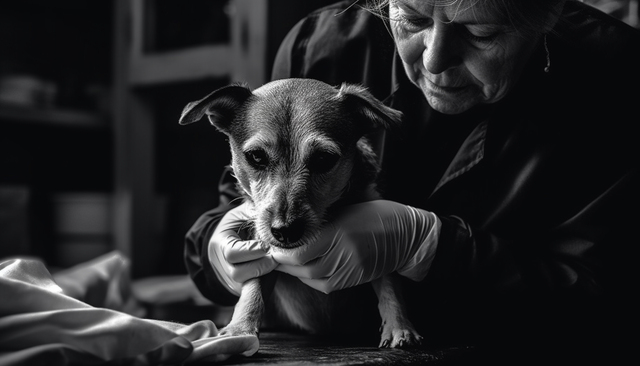
Deciding to euthanize a beloved pet is one of the most heart-wrenching decisions a pet owner can face. This guide aims to provide empathetic insight and practical advice to help you navigate this difficult time, ensuring you make a decision that respects your pet’s quality of life while considering your emotional wellbeing.
Understanding Euthanasia Euthanasia for pets is often considered when an animal is suffering or when their quality of life has significantly deteriorated due to age or illness. It is a humane way to allow your pet to pass peacefully, but understanding the process and emotional impact is crucial.
- Medical Reasons for Pet Euthanasia: Vets often recommend euthanasia to prevent unnecessary suffering due to incurable diseases, severe pain, or debilitating health conditions.
- Quality of Life Assessment: Assessing your pet’s quality of life involves considering their pain levels, ability to eat and drink, and overall mobility and happiness.
Preparing for the Decision The decision to euthanize is personal and complex. Preparing yourself and your family can help make this process as compassionate and respectful as possible.
- Consulting with Your Veterinarian: Your vet can provide a medical perspective on your pet’s condition and help you understand the implications of continuing treatment versus euthanasia.
- Emotional Support: Seek support from family, friends, or pet bereavement groups. It’s important to feel supported emotionally as you make and cope with your decision.
The Euthanasia Process Understanding what happens during euthanasia can alleviate some anxiety about the process and help you prepare for a calm, peaceful goodbye.
- What to Expect: The process is designed to be as painless as possible, usually involving a sedative followed by an injection that gently causes your pet to pass away.
- Being Present: Decide if you or any family members want to be present during the procedure. This can be a final act of love, although it is not right for everyone.

“Choosing to say goodbye, and deciding your cat or dogs quality of life is more hurtful, than watching them suffer in silence is possibly one of the toughest decisions a pet owner can make of their family member. Pet euthanasia is a difficult decision. Everything in this world is temporary, but the love you both shared, will never die. They may or may not understand what is happening, but they will always understand and feel the love you have for them and their importance in your life.”
Aftercare and Memorialization After the euthanasia, you will need to make decisions about aftercare. Many choose cremation, with options for keeping ashes in pet urns or scattering them in a meaningful place.
- Handling Remains: Discuss with your vet beforehand about the options for handling your pet’s remains.
- Memorializing Your Pet: Creating a memorial can provide comfort and closure. This might include a photo album, planting a tree, or a simple ceremony.
Moving Forward: Grieving and Healing Allowing yourself time to grieve is essential. Each person’s journey through grief is unique, and finding ways to remember and celebrate your pet’s life can aid in healing.
- Grief Resources: Consider consulting grief counseling (aff) or support groups specialized in pet loss.
- Healing Activities: Engage in activities that help you reflect on the joy your pet brought to your life, like compiling a photo book or writing about your memories.
Conclusion Making the decision to euthanize is never easy, but it can be the most loving choice when a pet is suffering. By understanding the process and preparing emotionally and practically, you can ensure that your pet’s final moments are peaceful and dignified. Remember, it’s okay to seek support and take time to heal as you navigate this challenging part of pet ownership.














